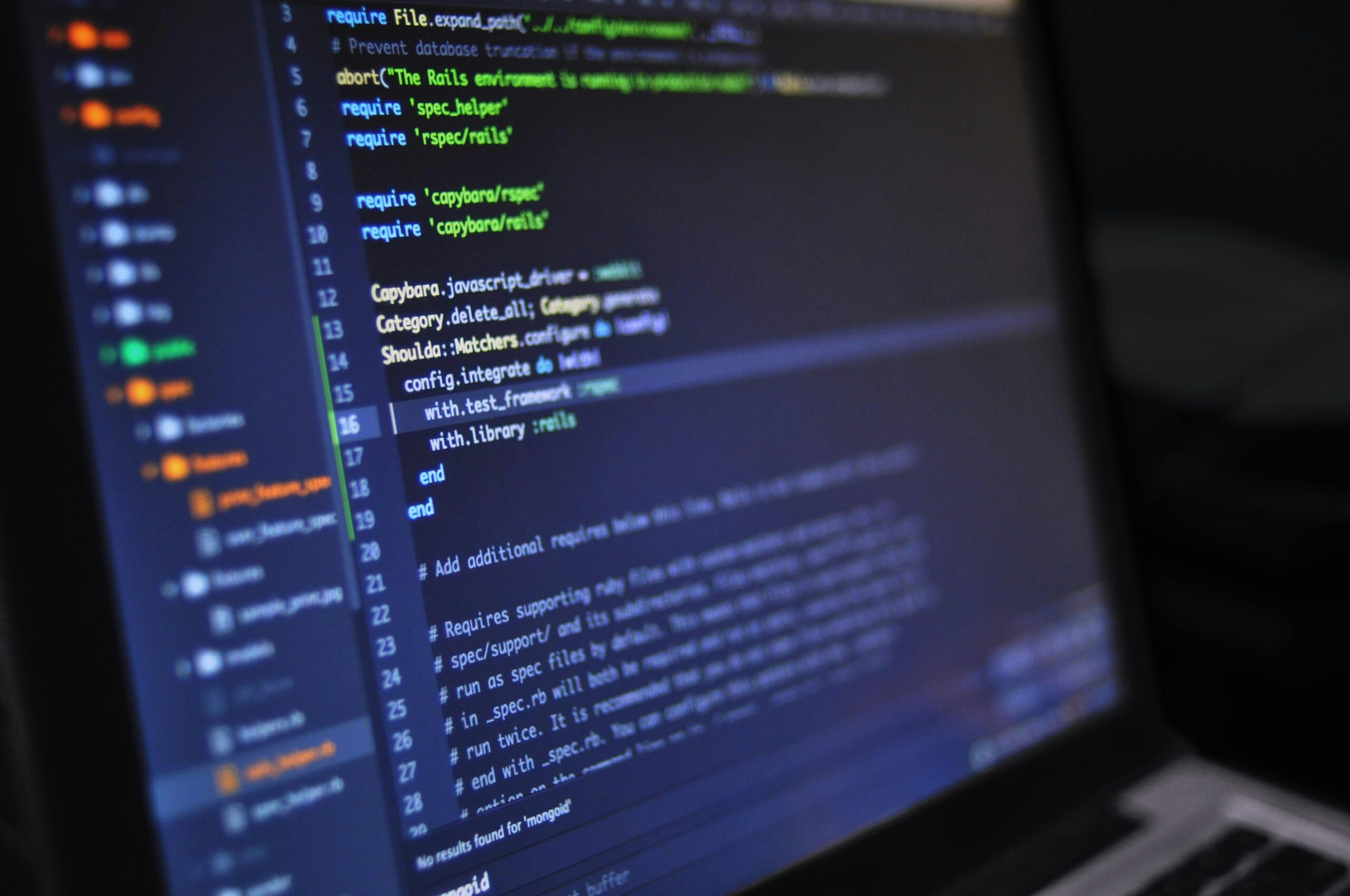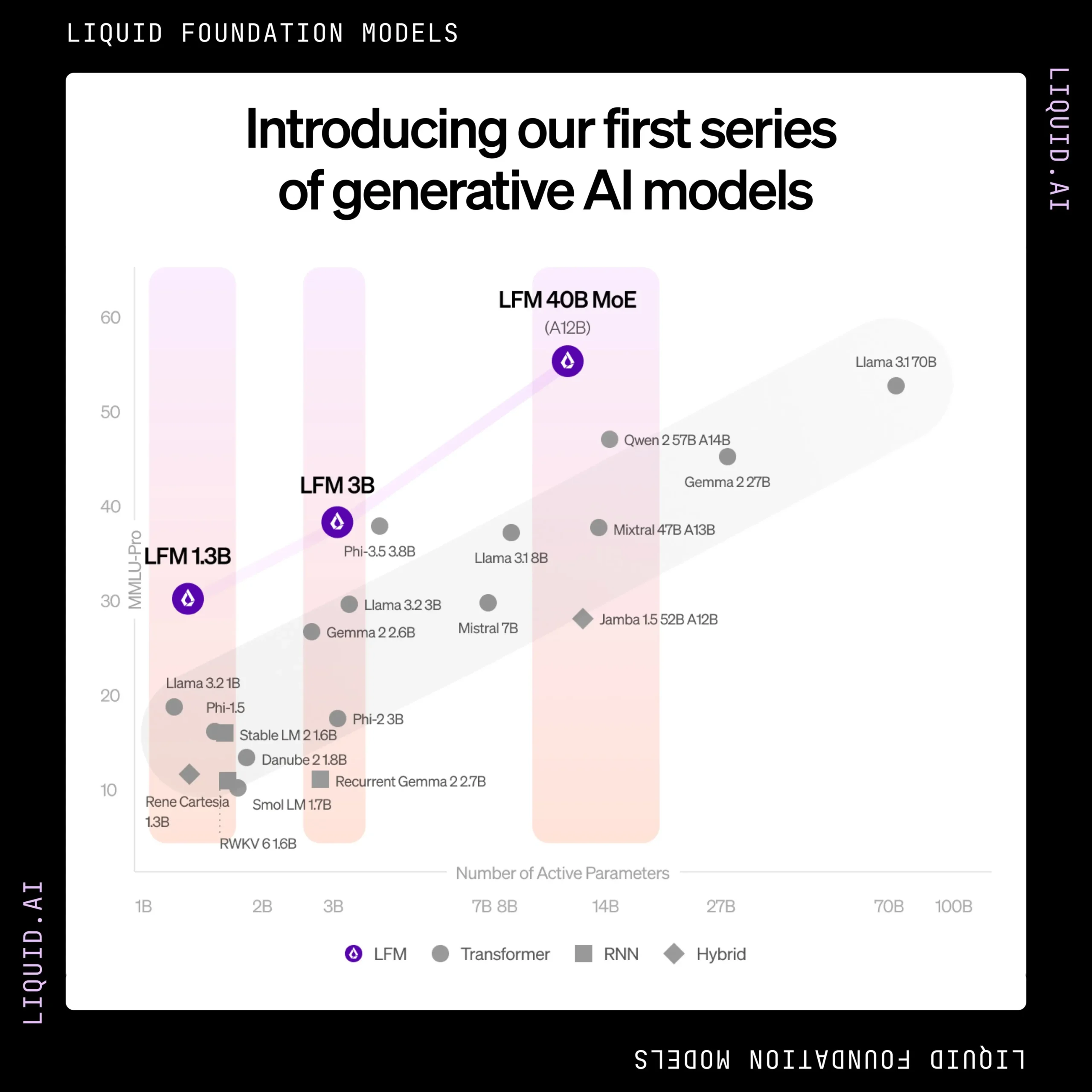Artificial Intelligence (AI) is revolutionizing industries, and a well-structured tech stack is the foundation of successful AI projects. In this article, we will dive deep into the AI Development Tech Stack for 2025, covering its key components, infrastructure, development practices, and tools in detail. Let’s explore the elements that empower developers to build innovative and scalable AI systems.
1. Core Components of AI Development
At the heart of any AI system are its core components. These include large language models (LLMs), programming languages, AI tools, and frameworks.
1.1 Large Language Models (LLMs)
Large language models are central to most AI applications, especially those involving natural language processing (NLP). Here’s a closer look at the top LLMs in 2025:
• DeepSeek V3: Known for its accuracy and ability to process large datasets, DeepSeek V3 is a popular choice for search-based applications and semantic understanding tasks.
• Qwen: Qwen excels in real-time conversational AI and is tailored for virtual assistants and chatbots. Its ability to generate human-like responses makes it a top contender in customer support systems.
• Llama: Developed as a lightweight alternative, Llama is ideal for edge deployments where computational resources are limited.
• Gemini 2.0 Flash: With its enhanced speed and efficiency, Gemini 2.0 Flash has become a favorite for real-time data processing and high-speed inference tasks.
• Claude Haiku: A model designed for creative tasks such as poetry, storytelling, and artistic content generation. It stands out for its ability to understand abstract language.
1.2 Programming Languages
The backbone of any AI system is the programming language that brings all components together. The top languages for AI development in 2025 are:
• Python: The undisputed leader in AI, Python boasts a vast array of libraries such as TensorFlow, PyTorch, and Scikit-learn. Its simplicity and extensive support make it the go-to choice for developers.
• JavaScript: With the rise of AI-powered web applications, JavaScript has gained popularity in the AI community. Frameworks like TensorFlow.js allow developers to run models directly in the browser.
1.3 AI Tools
AI tools simplify the development process, enabling developers to focus on innovation. Let’s explore two key tools:
• Bolt.DIY/new: An intuitive platform for building custom AI models without needing deep expertise in machine learning. Bolt.DIY provides a drag-and-drop interface and pre-built templates.
• Windsurf/Cursor: This tool is designed for developers who need fine-tuned control over their AI systems. Windsurf allows for real-time collaboration and debugging, making it ideal for team projects.
1.4 Frameworks
Frameworks provide the structure needed to build scalable AI systems. Two noteworthy frameworks in 2025 are:
• Pydantic AI: Known for its simplicity, Pydantic AI ensures data validation and type safety, making it perfect for projects where data integrity is crucial.
• LangGraph (Flowise prototype): A graph-based framework for designing and visualizing complex AI workflows. It’s particularly useful for multi-step decision-making processes.
2. Infrastructure for AI Development
Building robust AI systems requires a reliable infrastructure. This includes databases, automation tools, containerization platforms, and cloud solutions.
2.1 Databases
Databases are essential for storing and retrieving data efficiently. The top choices for AI in 2025 are:
• Supabase: A powerful open-source database with real-time capabilities, Supabase is ideal for applications that need live updates and seamless integration.
• PGVector: Optimized for Retrieval-Augmented Generation (RAG) tasks, PGVector enables efficient vector search and storage, making it invaluable for AI models that rely on embeddings.
2.2 Automation Tools
Automation tools reduce manual effort and streamline workflows. Two standout tools are:
• n8n: An open-source workflow automation tool that integrates seamlessly with APIs and services. It’s highly customizable and easy to use.
• Voiceflow: Designed for building conversational AI systems, Voiceflow allows developers to design, test, and deploy voice and chatbot experiences.
2.3 Containerization
Containerization ensures that AI applications run consistently across different environments. Docker continues to lead this space, providing developers with the tools to package and deploy applications efficiently.
2.4 Cloud Solutions
Cloud platforms are critical for scalability and cost efficiency. In 2025, the top platforms for AI are:
• DigitalOcean: Known for its simplicity and cost-effectiveness, DigitalOcean is a popular choice for small to medium-sized AI projects.
• RunPod: A specialized platform for AI workloads, RunPod offers GPU-accelerated environments at competitive prices, making it ideal for training and deploying large models.
3. Development Practices and Tools
Efficient development workflows are essential for delivering high-quality AI solutions. Here are some key practices and tools used in AI development.
3.1 Testing
Rigorous testing ensures that AI systems are reliable and perform as expected. The top testing tools in 2025 include:
• Playwright: A robust tool for end-to-end testing, Playwright supports multiple browsers and devices, making it perfect for AI-powered web applications.
• Pytest: A Python-based testing framework that’s easy to use and highly extensible. Pytest is particularly useful for unit testing AI components.
• Pydantic AI: In addition to being a framework, Pydantic AI offers built-in validation tests, ensuring data quality throughout the pipeline.
• Qodo Cover: A specialized tool for measuring test coverage in AI systems, helping developers identify untested areas.
3.2 CI/CD
Continuous Integration and Continuous Deployment (CI/CD) are critical for maintaining a smooth development cycle. GitHub Actions remains a favorite, offering customizable workflows and seamless integration with other tools.
3.3 LLM Evaluation
Evaluating large language models is a complex but necessary task. Here are some tools designed for this purpose:
• Custom Agents: These agents are tailored for specific evaluation tasks, providing insights into model performance.
• Bolt.diy: Known for its ease of use, Bolt.diy includes evaluation metrics and benchmarks for popular LLMs.
• ragas: A comprehensive evaluation suite for testing model accuracy, fairness, and robustness.
• Phoenix: A platform designed to evaluate AI models under real-world conditions, ensuring they perform well outside of controlled environments.
3.4 Search
Search capabilities are a critical component of many AI applications. The leading tools for search in 2025 are:
• Brave: A privacy-focused search engine with AI-powered indexing and results ranking.
• Firecrawl: A tool for building custom search engines tailored to specific datasets.
• Perplexity: Known for its ability to handle complex queries, Perplexity provides context-aware search results.
• **
SearchAPI: A lightweight API for integrating search functionality into AI applications.
4. Why This Tech Stack Stands Out
The described tech stack offers several advantages:
• Efficiency: Tools like Bolt.DIY and Windsurf simplify development, allowing teams to focus on innovation.
• Scalability: With cloud platforms like DigitalOcean and RunPod, scaling applications to meet demand is straightforward.
• Reliability: Testing tools and frameworks ensure that systems are robust and perform as expected.
• Flexibility: A combination of open-source and proprietary tools provides developers with the freedom to choose solutions that meet their needs.
5. Conclusion
The AI Development Tech Stack for 2025 is designed to empower developers, streamline workflows, and deliver scalable solutions. Whether you’re a startup or an established enterprise, adopting this stack can accelerate your journey in AI and position your business for success in an increasingly AI-driven world.
By incorporating these tools, frameworks, and practices into your projects, you can build innovative solutions that stand out in a competitive market.
This comprehensive guide to the AI Development Tech Stack for 2025 ensures your project is future-proofed and ready to deliver exceptional results. With this tech stack, the sky’s the limit for your AI ambitions!

